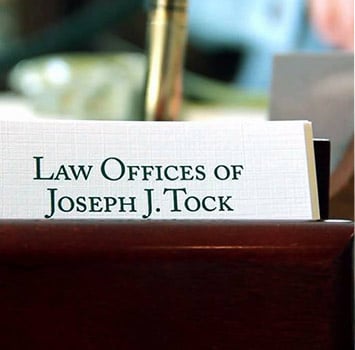In a 1963 U.S. Supreme Court case, Brady v Maryland, the Court held that a defendant is denied due process if the prosecutor does not turn over exculpatory evidence to defendant’s counsel. Some 50 years later, the essential mandate of Brady remains intact. Recently, a New York case emerged to show the tragic results that can occur when the prosecution pursues serious felony charges against someone while hiding the existence of exculpatory evidence.
The case pertains to an arrest made in Queens about 11 years ago. The defendant was accused of a road-rage incident in which a motorist shot a man in the leg and drove off. Police found a warm hood on defendant’s car, which was parked just a block or so down the street.
They took the car’s owner into custody and called in five witnesses, including the victim, to make an identification. Four of the witnesses did not recognize the suspect and the victim himself could not identify him as the perpetrator. However, the police took the victim into another room for a 15-minute private session, whereupon he emerged to identify the suspect as the shooter.
The suspect was convicted in a Queens courtroom. What he did not know, however, was that a neighbor was also arrested with a cache of weapons, and one of those weapons had the same ballistic markers as the road-rage shooting. The prosecutor withheld this critical Brady material at the defendant’s trial. The defendant served 10 years in prison before the information was discovered.
The New York Court of Appeals reversed the conviction and ordered a new trial. Some experts believe that the police routinely settle on an early suspicion and build a case to support it. At this point, another trial appears doubtful against a man who is likely innocent and who has already served 10 years on apparently bogus felony charges. The government’s main consideration should now be to figure out how to improve the system, and importantly, how to adequately compensate the defendant, who may be identified as the second victim of the criminal event.
Source: The New York Times, “Withholding Evidence From a Defendant, on ‘The Night Of’ and in Real Life“, Jim Dwyer, Sept. 6, 2016

